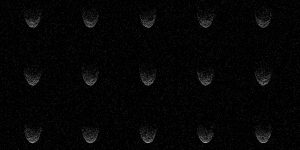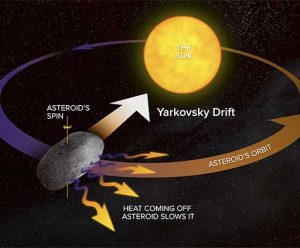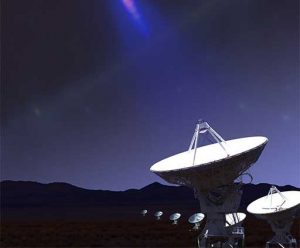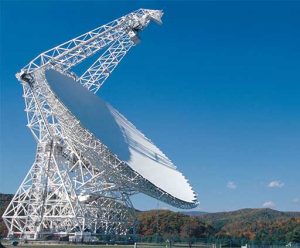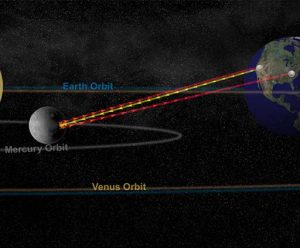GBT images asteroid with radar from Arecibo and links with global millimeter-wavelength telescopes.
Earth’s Milky Way Neighborhood Gets More Respect
Our Solar System’s Milky Way neighborhood just went upscale.
Getting the Right Spin on a Close-Passing Asteroid
The record-setting close approach of an asteroid on February 15 is an exciting opportunity for scientists, and a research team will use National Radio Astronomy Observatory and NASA telescopes to gain a key clue that will help them predict the future path of this nearby cosmic neighbor.
Moon Helps Corral Elusive Cosmic Particles
Seeking to detect mysterious, ultra-high-energy neutrinos from distant regions of space, a team of astronomers used the Moon as part of an innovative telescope system for the search. Their work gave new insight on the possible origin of the elusive subatomic particles and points the way to opening a new view of the Universe in the future.
Radio Telescopes to Keep Sharp Eye on Mars Lander
As NASA’s Phoenix Mars Lander descends through the Red Planet’s atmosphere toward its landing on May 25, its progress will be scrutinized by radio telescopes from the National Radio Astronomy Observatory.
Mercury’s Core Molten, Radar Study Shows
Scientists using a high-precision planetary radar technique for the first time have discovered that the innermost planet Mercury probably has a molten core, resolving a mystery of more than three decades.






